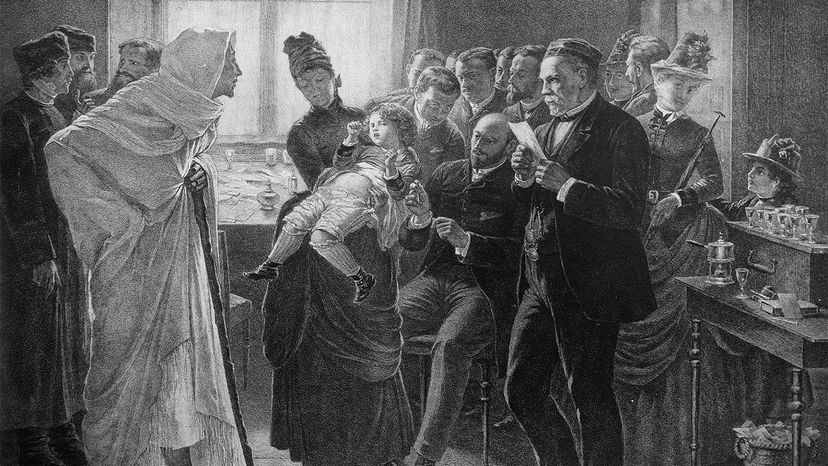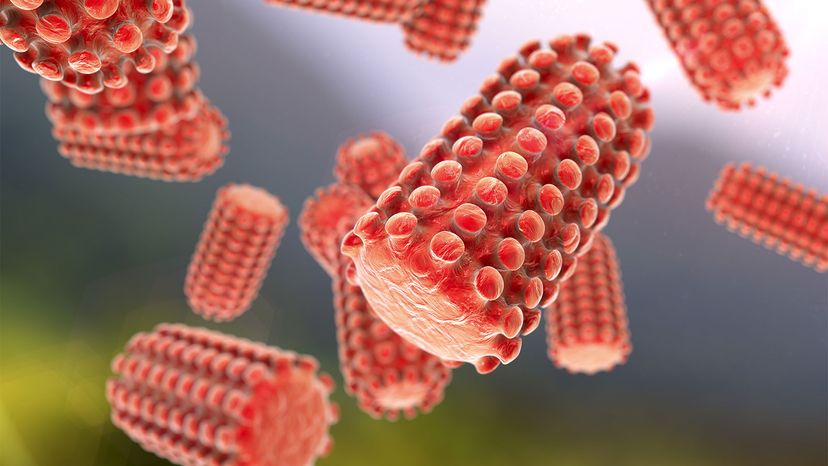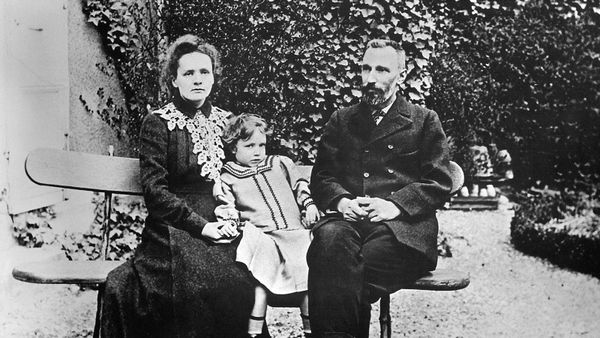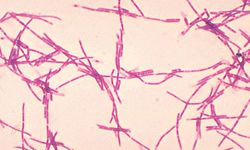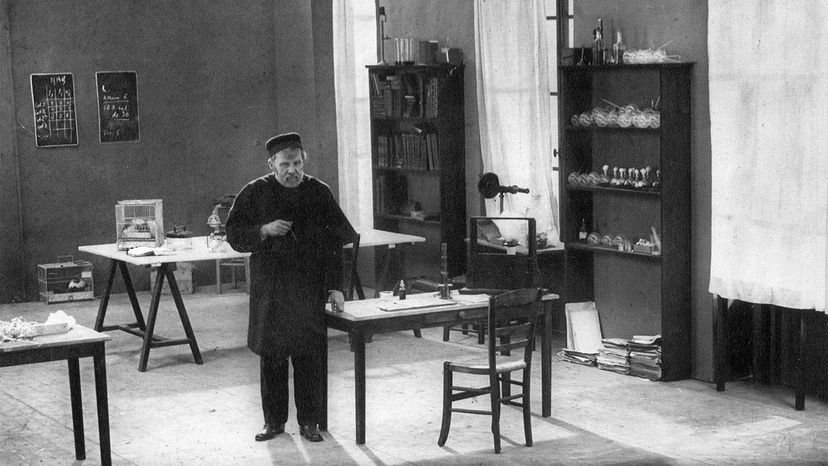
Some of the greatest scientific discoveries haven't resulted inNobel Prizes。
Louis Pasteur, who lived from 1822 to 1895, is arguably the world's best-known microbiologist. He is widely credited for thegerm theory of diseaseand for inventing the process ofpasteurization— which is named after him — to preserve foods. Remarkably, he also developed therabiesandanthraxvaccines and made major contributions tocombating cholera。
Advertisement
But because he died in 1895, six years before the first Nobel Prize was awarded, that prize isn't on his resume. Had he lived in the era of Nobel Prizes, he would undoubtedly have been deserving of one for his work. Nobel Prizes, which are awarded in various fields,including physiology and medicine, are not given posthumously.
During the current time of ongoing threats from emerging or reemerging infectious diseases, fromCOVID-19and polio tomonkeypoxand rabies, it is awe-inspiring to look back on Pasteur's legacy. His efforts fundamentally changed how people view infectious diseases and how to fight them via vaccines.
I've worked inpublic health and medical laboratoriesspecializing in viruses and other microbes, whiletraining future medical laboratory scientists。My career started in virology with afront-row seat to rabies detection and surveillanceand zoonotic agents, and it rests in large part on Pasteur's pioneering work in microbiology, immunology and vaccinology.
Advertisement
